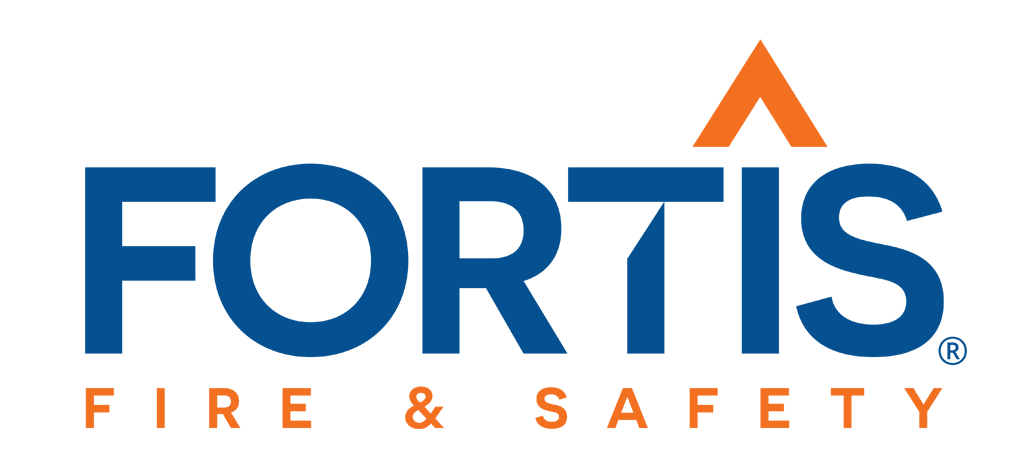Leading the Charge: Peter Shull Reflects on Nearly 3 Decades with LifeSafety Management
Peter Shull started his career with LifeSafety Management, Inc. in 1997 when he was in high school, helping the company network its computers and run wire in the Boynton Beach, Florida, area.
 “Upon graduating college, I called the owner of LifeSafety at the time and said I needed a job and a place to live,” Shull said, adding that the owner shared his guest house, along with a job as a fire sprinkler and suppression manager. “I left the guest house two years later when I got married, but I have been at the job ever since!”
“Upon graduating college, I called the owner of LifeSafety at the time and said I needed a job and a place to live,” Shull said, adding that the owner shared his guest house, along with a job as a fire sprinkler and suppression manager. “I left the guest house two years later when I got married, but I have been at the job ever since!”
Now, Shull is the director of operations and leads an impressive organization dedicated to serving customers.
“Personally, I have had numerous roles in a number of different areas of the business, allowing me to challenge myself and grow. Some of the most rewarding moments in my career are watching and helping others grow into positions far beyond what they originally started doing,” he said.
Leadership at LifeSafety
Also top of mind for Shull is having a balance in leadership.
“It’s important to lay out goals and objectives and let people do the job they need to do to get the job done. It’s equally important to inspect what you expect on a routine basis through constantly communicating with the members of your team,” he said.
Strong leaders need to understand and know how to do the job, because “sometimes you have to roll up your sleeves to help push things along,” he said. It’s also the responsibility of leaders to share expertise with their staff and understand the business they’re responsible for. It’s also about gaining the respect and trust of the people who work with you, he added.
“Something I’ve been actively working on is trying to actively listen and take in the issues that are being presented and then challenging the team to come up with solutions. I think this creates a stronger environment of buy-in and accountability.”
Customer Service and Safety
Shull’s goal is to be better than the day before. Continuous improvements and adoption of new technologies, constant learning, and new processes help to fulfill that goal.
And getting better isn’t just for internal mobility. It’s for the customers. “Service has always been our foundation since the inception of LifeSafety Management,” he said.
Customer service comes from the many highly skilled technical individuals on the team. They’re empowered to provide sound problem-solving solutions for customers and then champion the completion of those solutions on behalf of the customer internally. Programs like LifeSafety’s KEY account program emphasize the success of critically identified customers to ensure their work is done promptly, efficiently, and satisfactorily.
LifeSafety performs inspections, installations, and services in compliance with the applicable NFPA or other regulatory standards, with these standards always being the focus of training.
Transitions in the Business
The Fortis Fire & Safety Family of Brands has added ACT, or Advanced Customer Technology, a system that helps the organization better serve customers.
Coming from around 10 different, non-connected software systems meant that data mismatched between systems. Plus, the business in Boynton Beach has grown substantially over the past couple of years, so keeping up with current data is critical, he said.
Today, the accuracy and transparency of LifeSafety’s information is higher than ever. “Our sales team is fully utilizing ACT to create opportunities, track activities, build quotes, and then using reports in ACT to track data such as critical deficiencies requiring follow-up or if quotes haven’t been viewed when sent electronically,” he said.
Additional improvements in 2024 will include using that data from ACT to make strong decisions, add sales team headcount, and continue to scale and fill in holes that have developed from growing at the high rate we’ve seen. Last — but certainly not least — training the LifeSafety team ensures safe operations every day and provides the highest level and quality of service.













